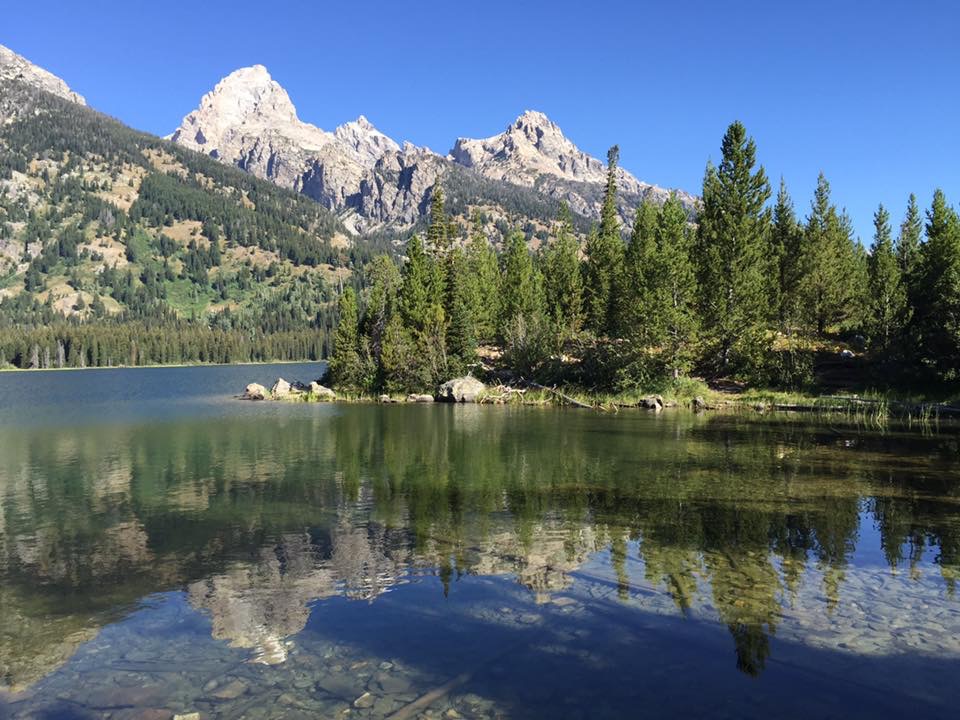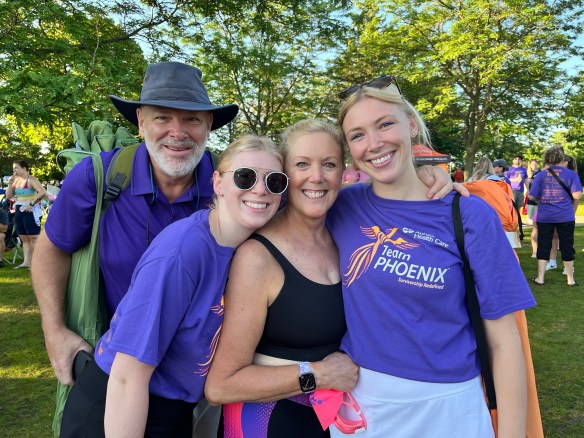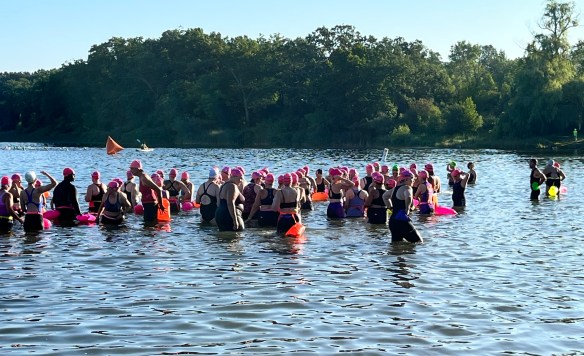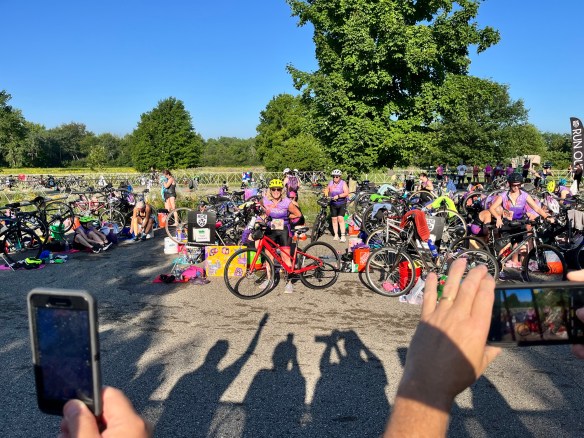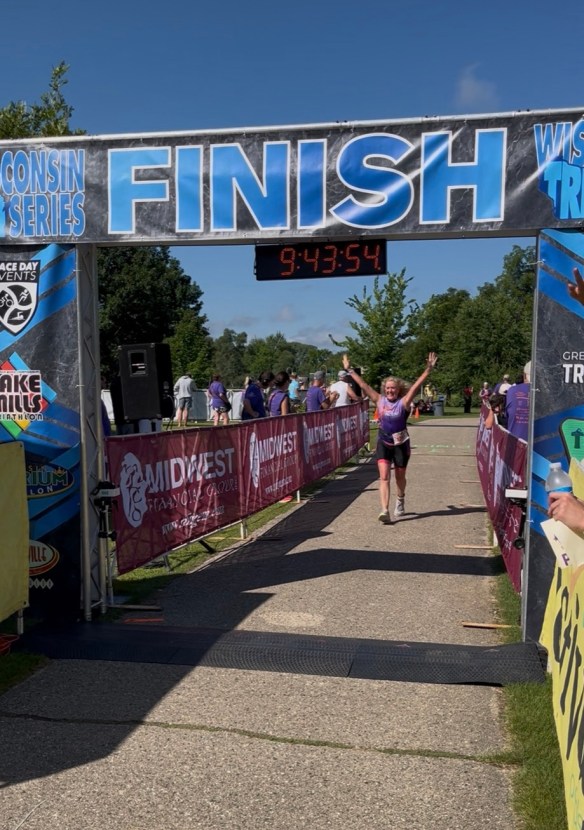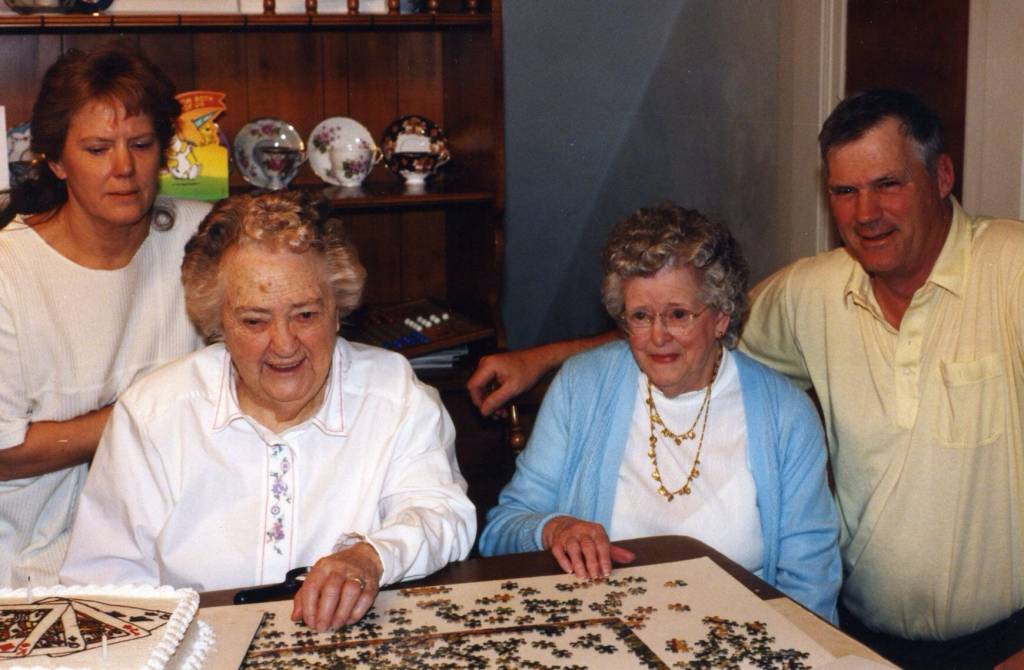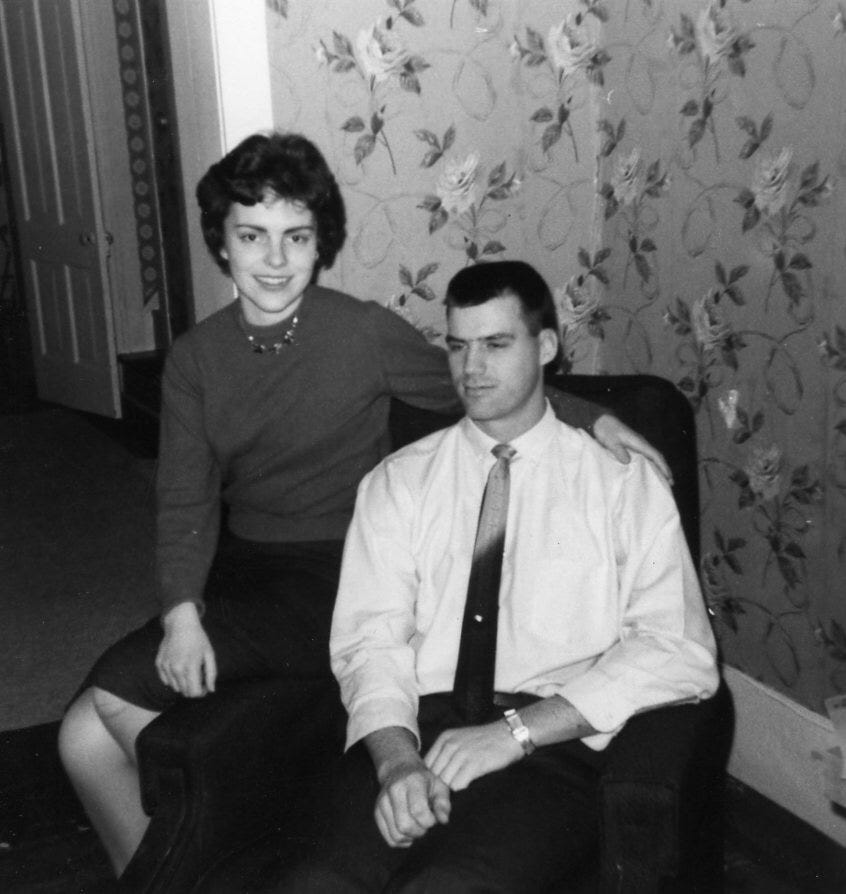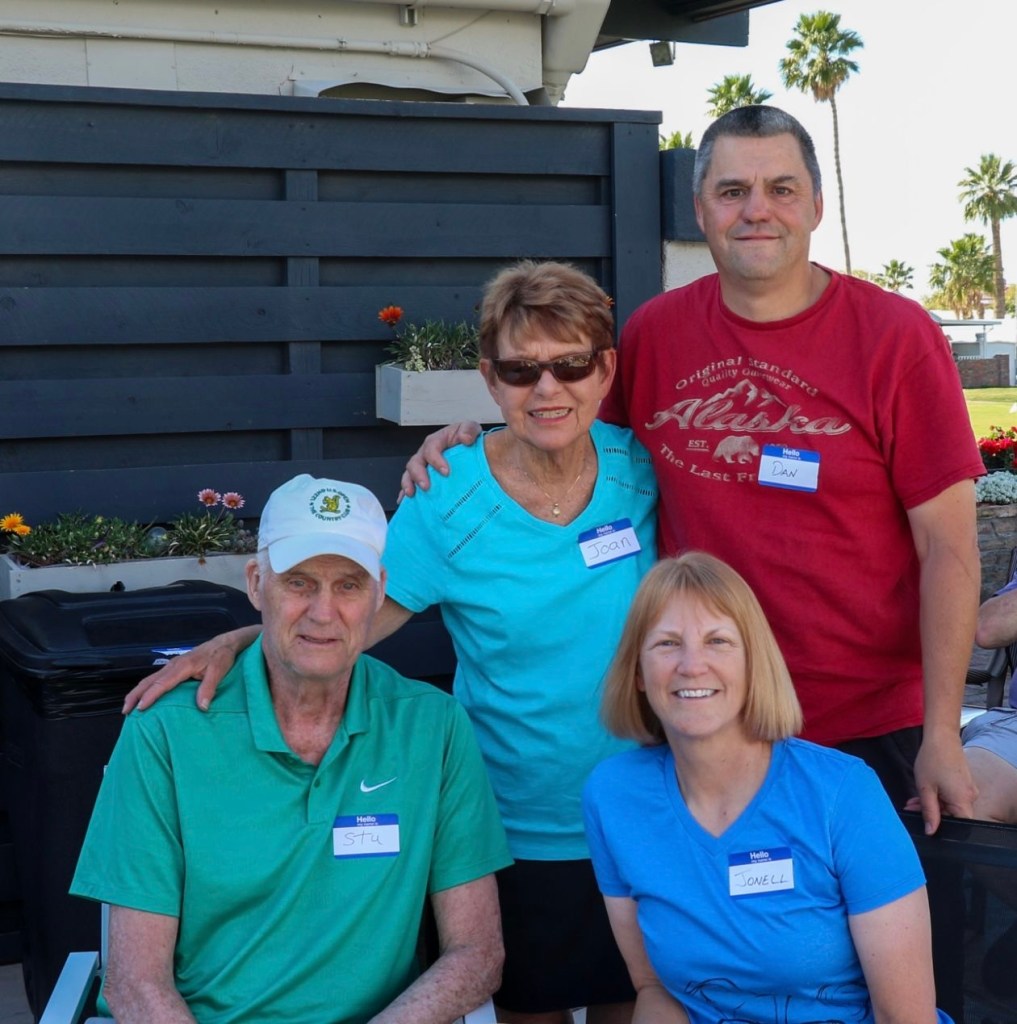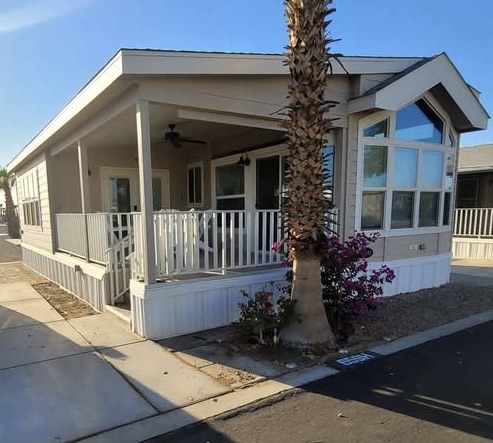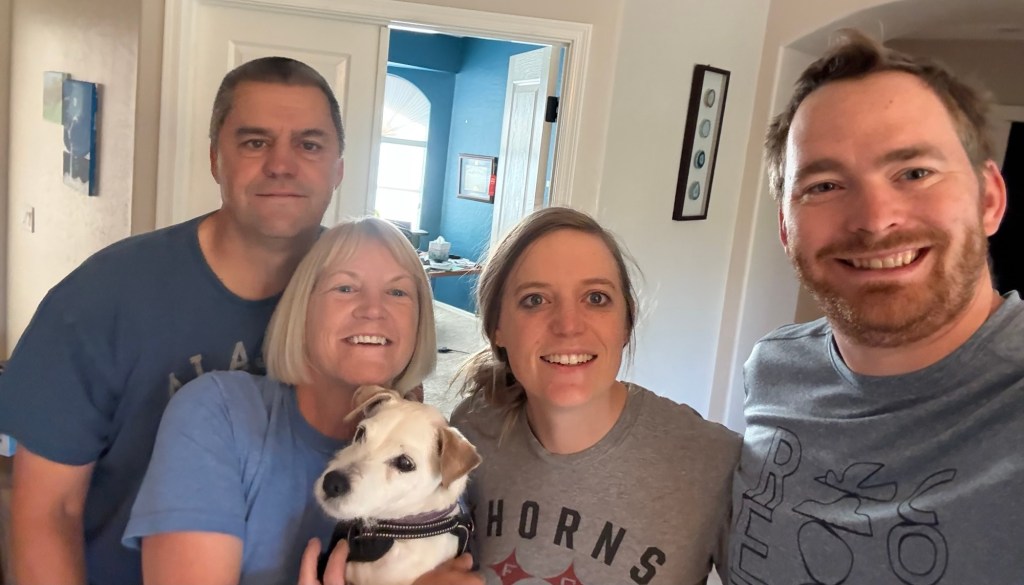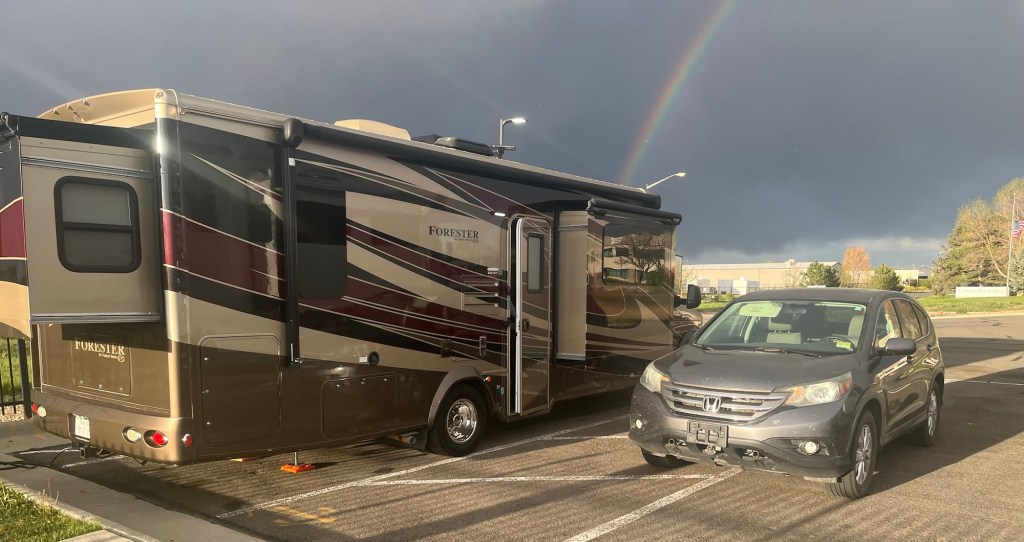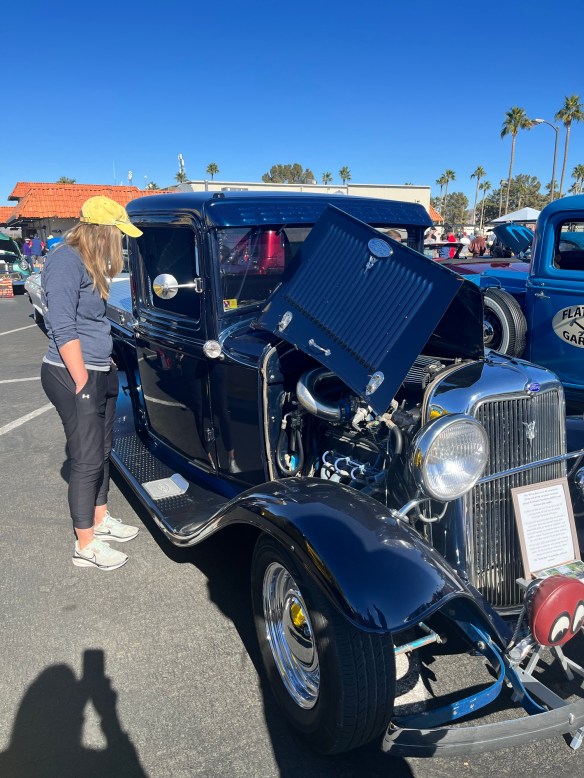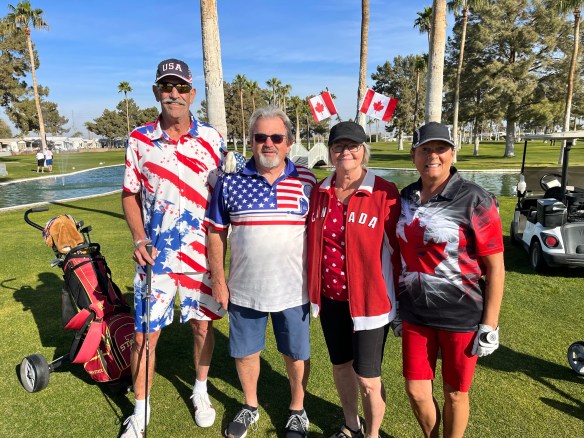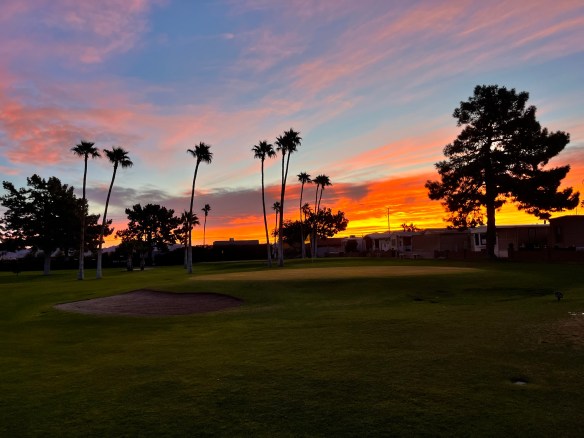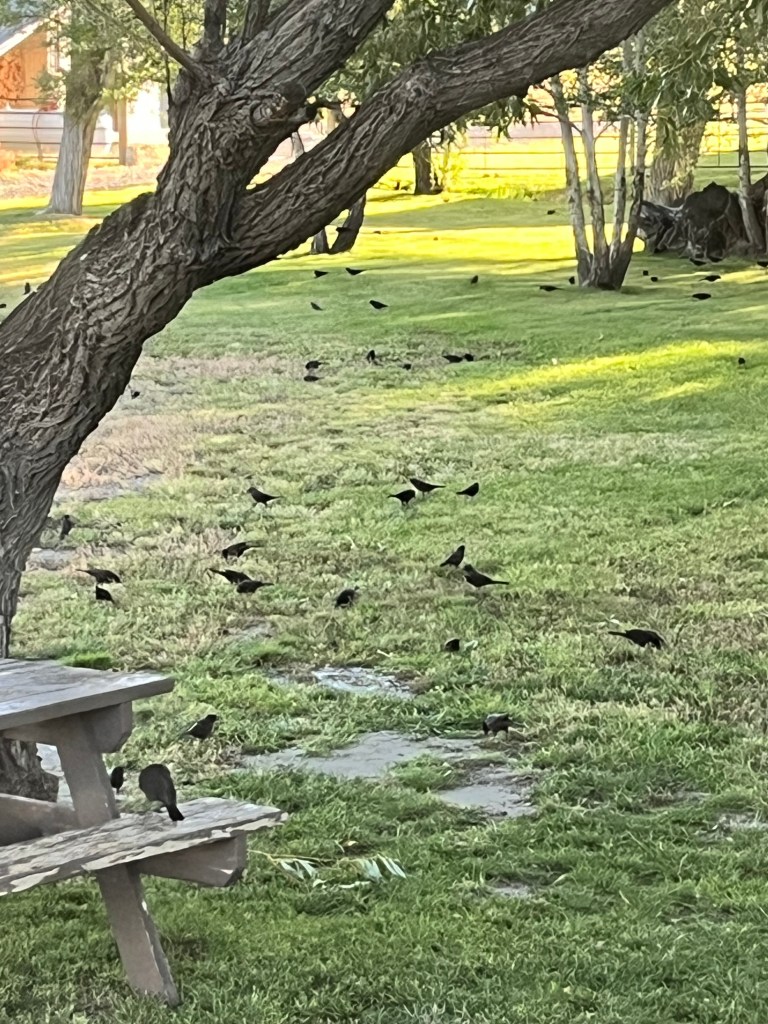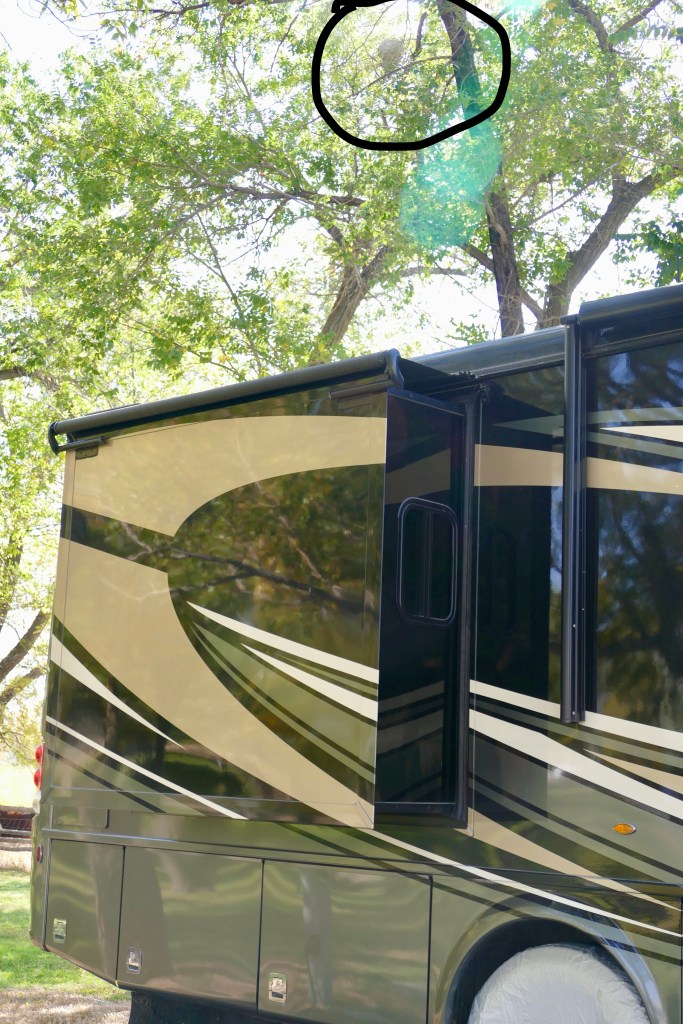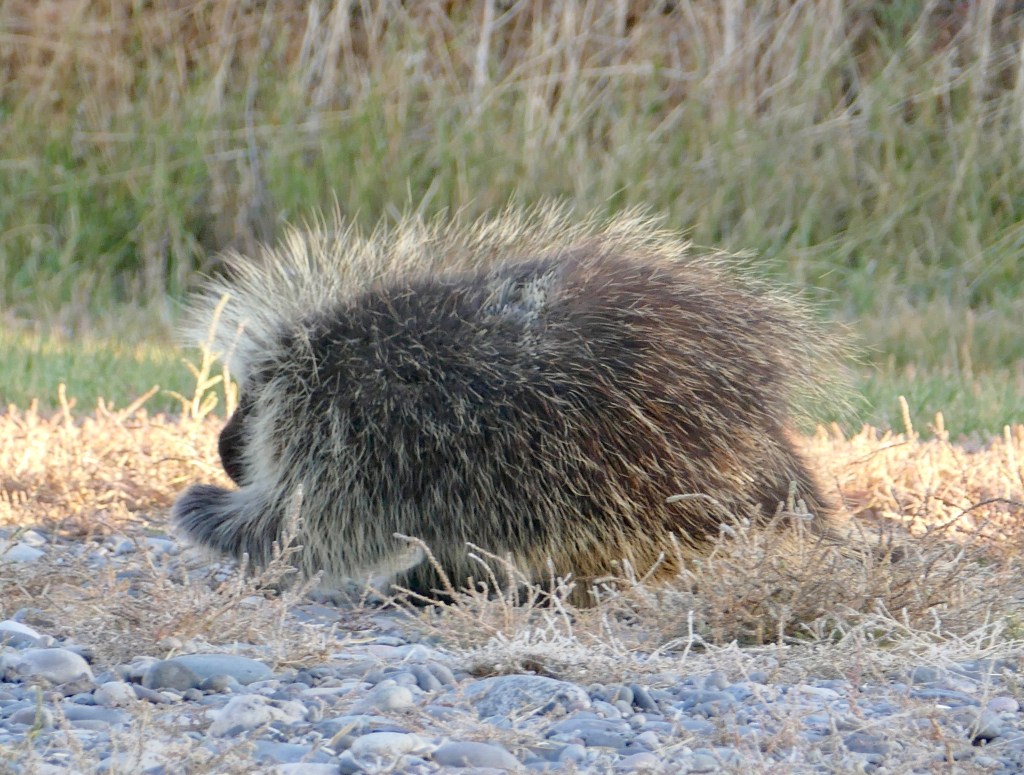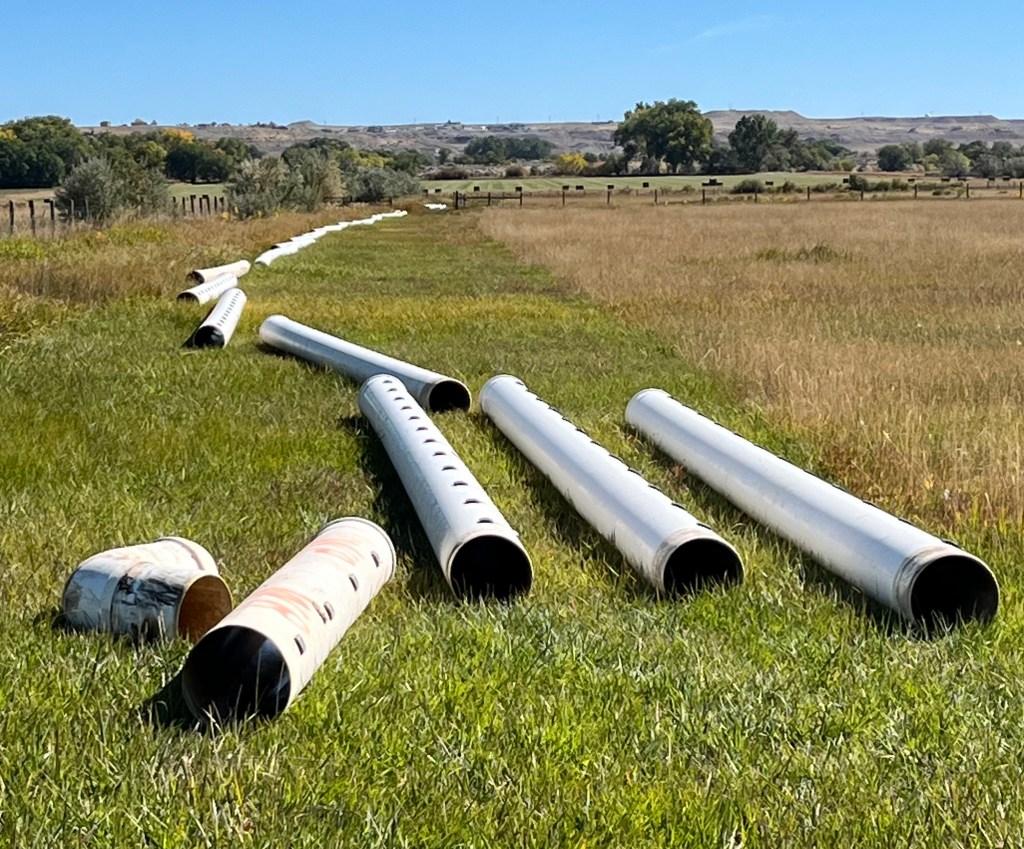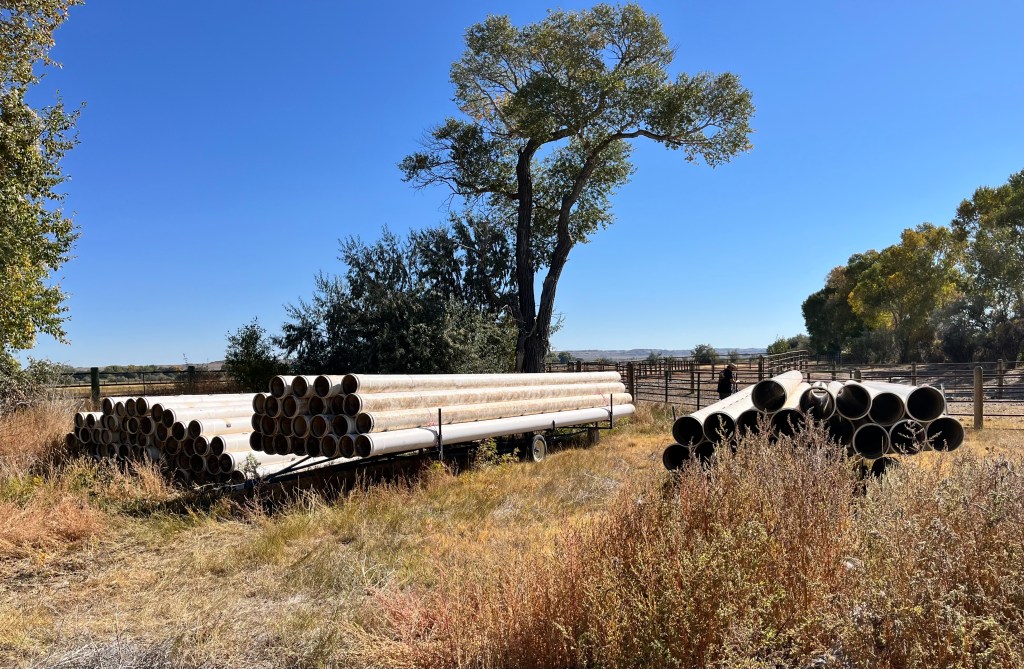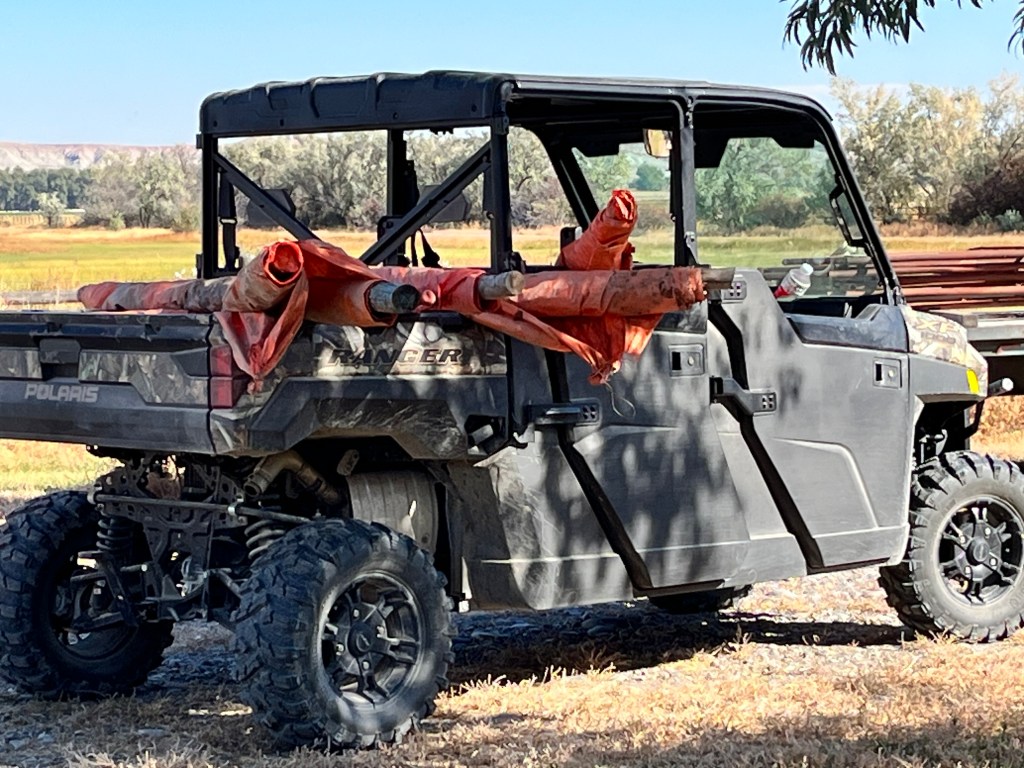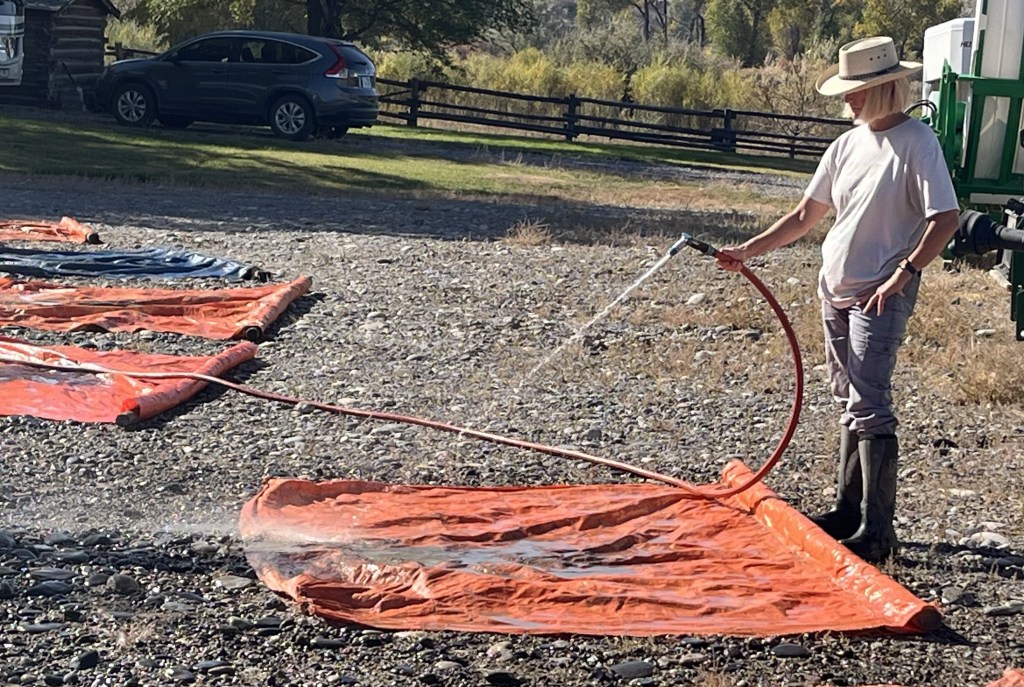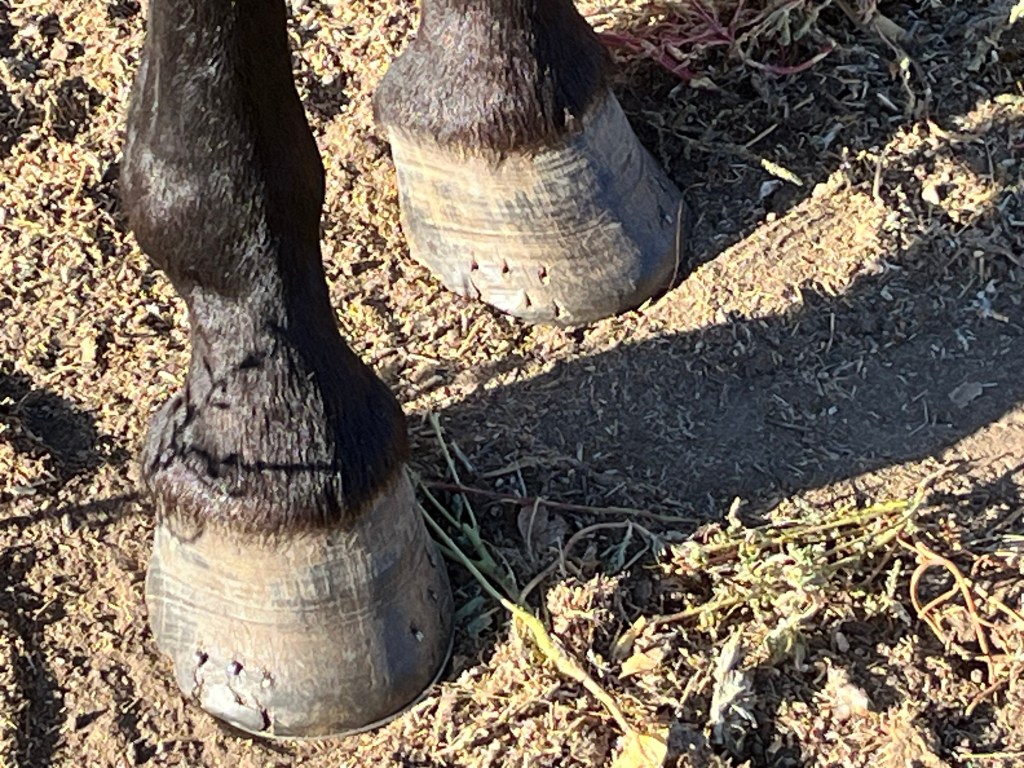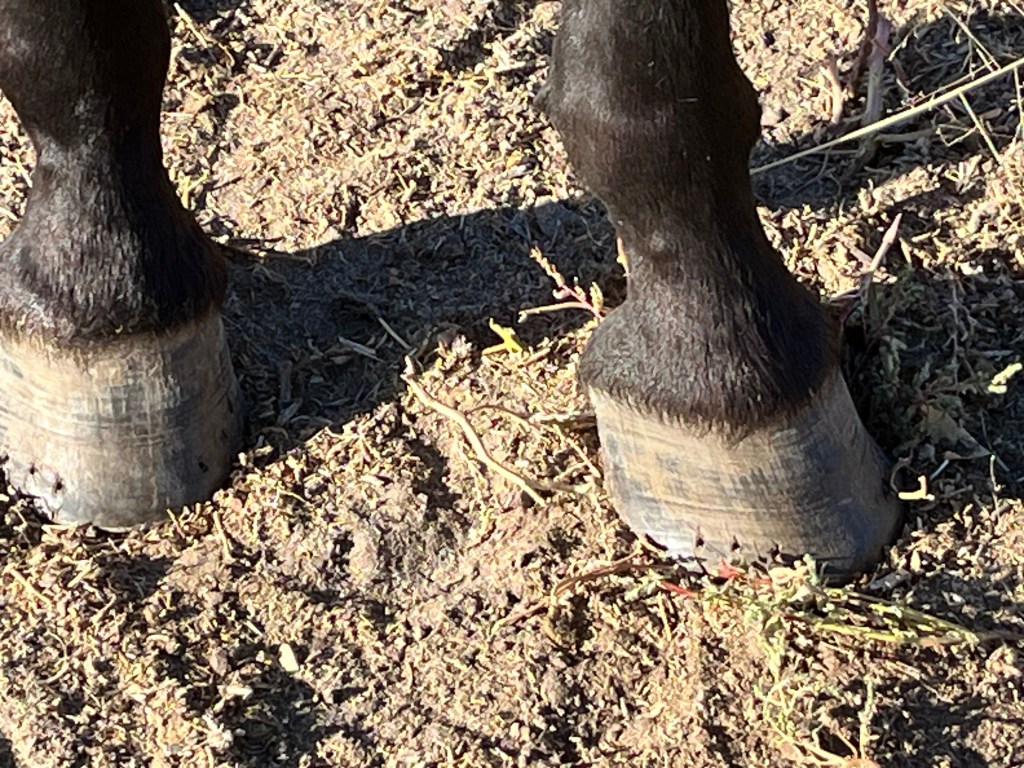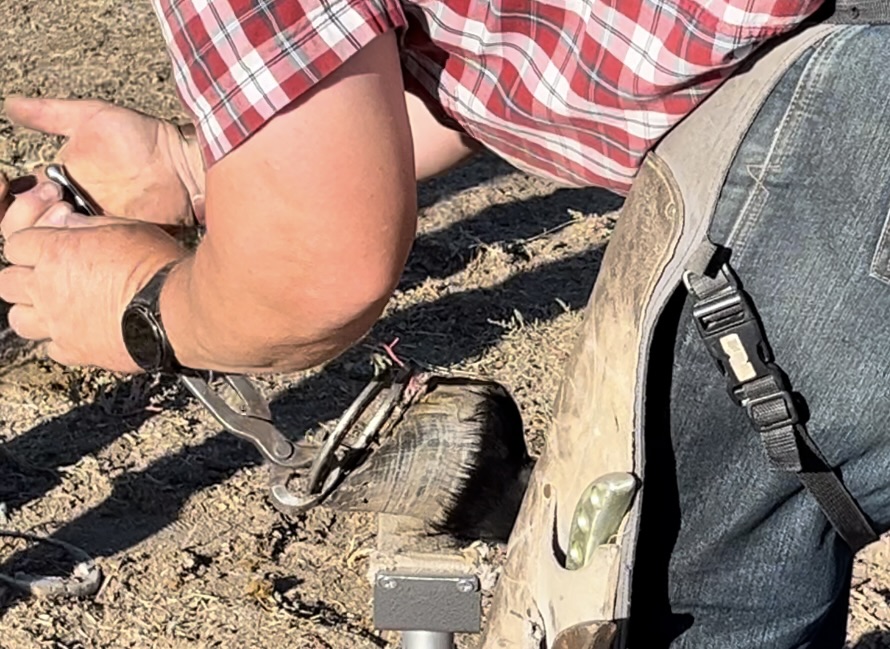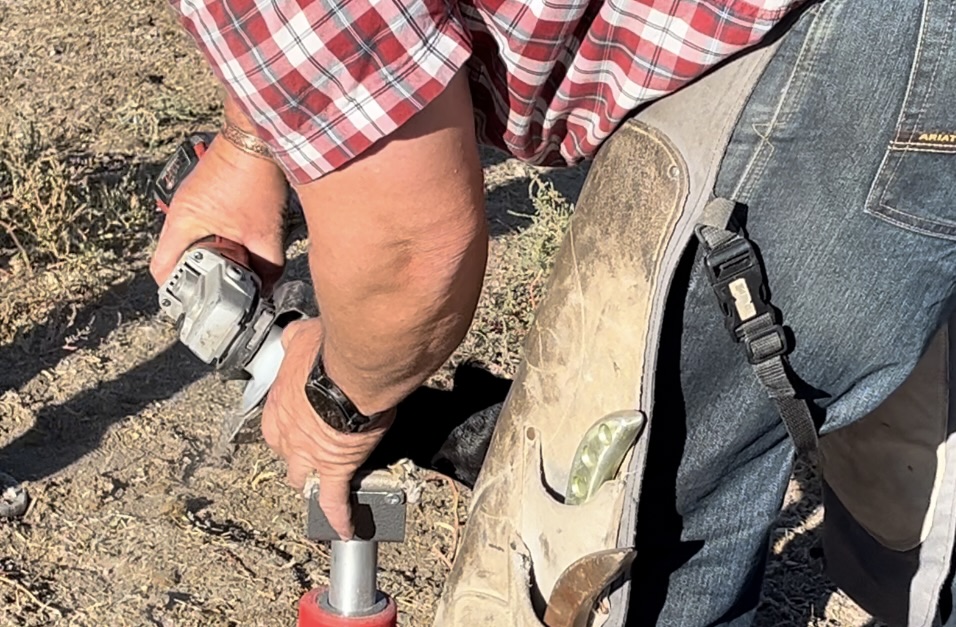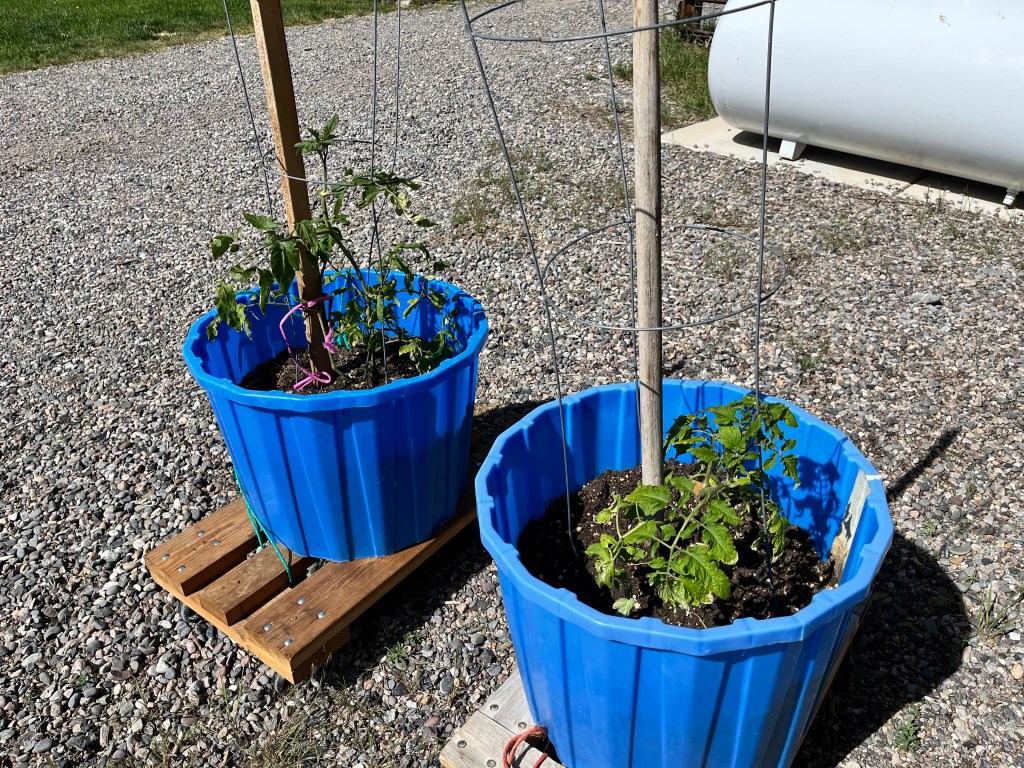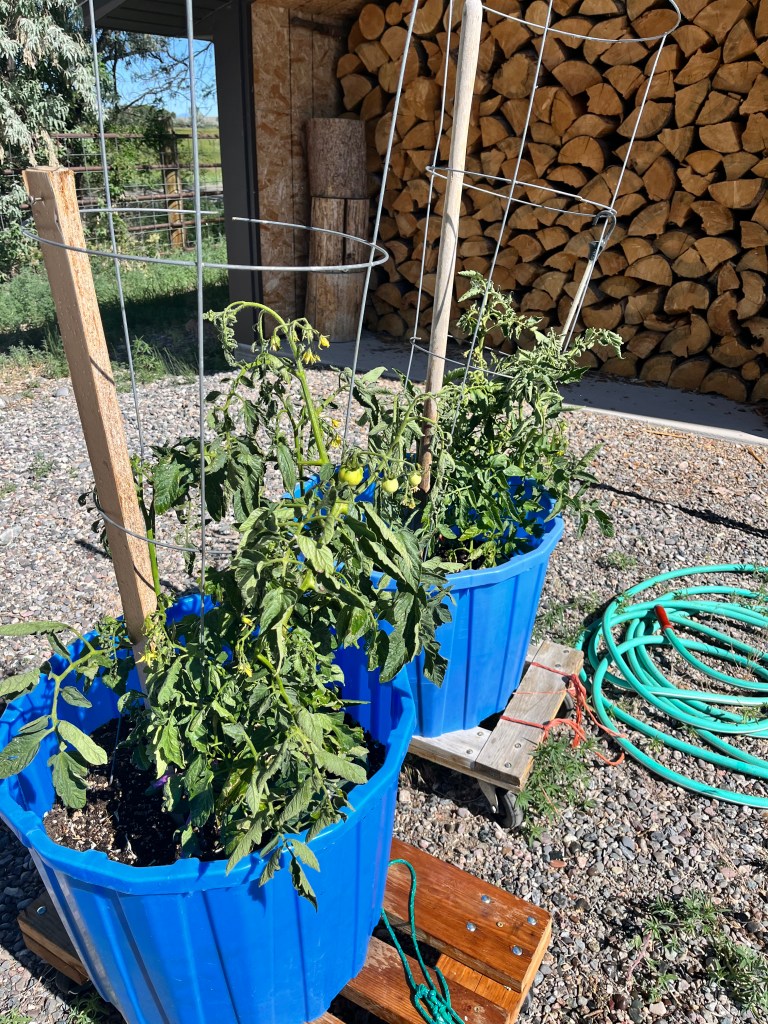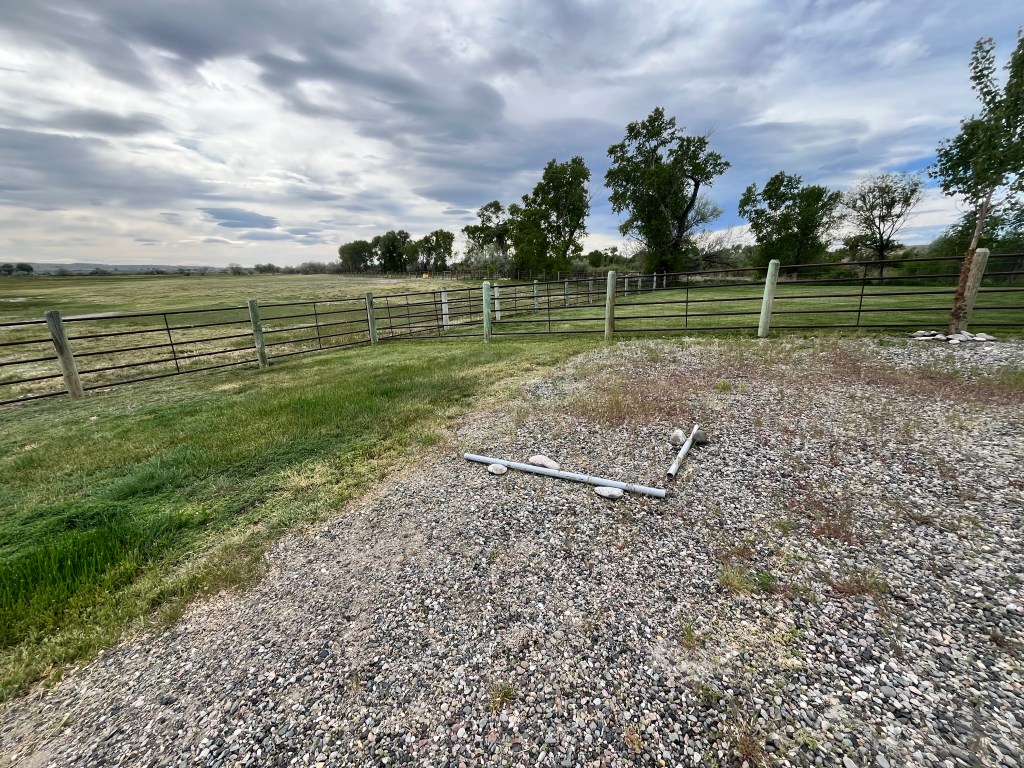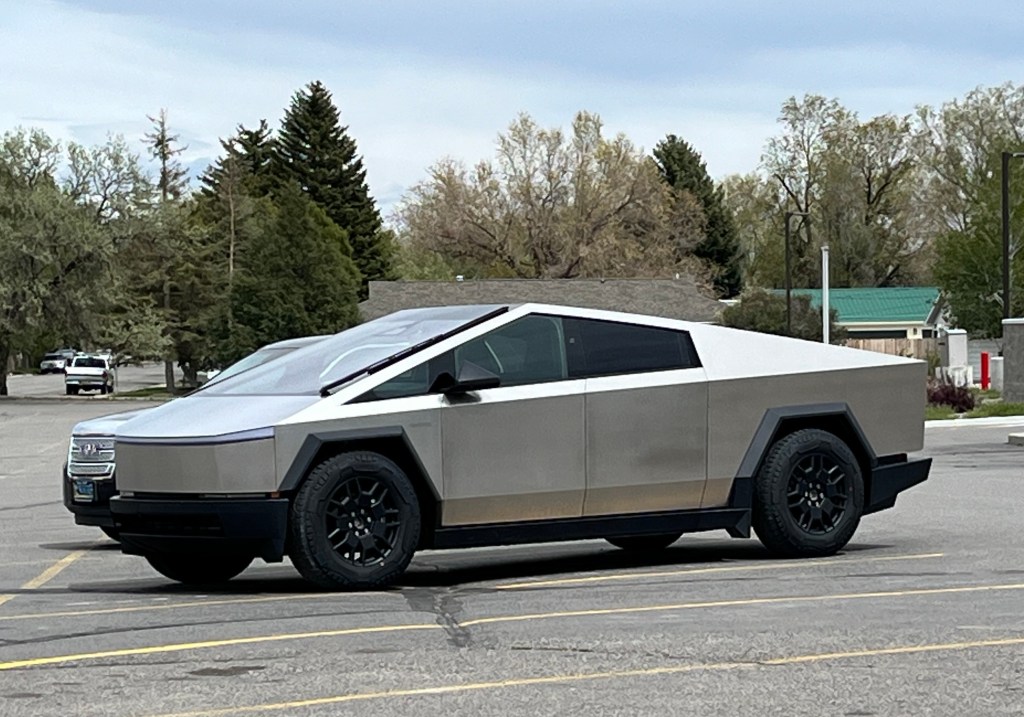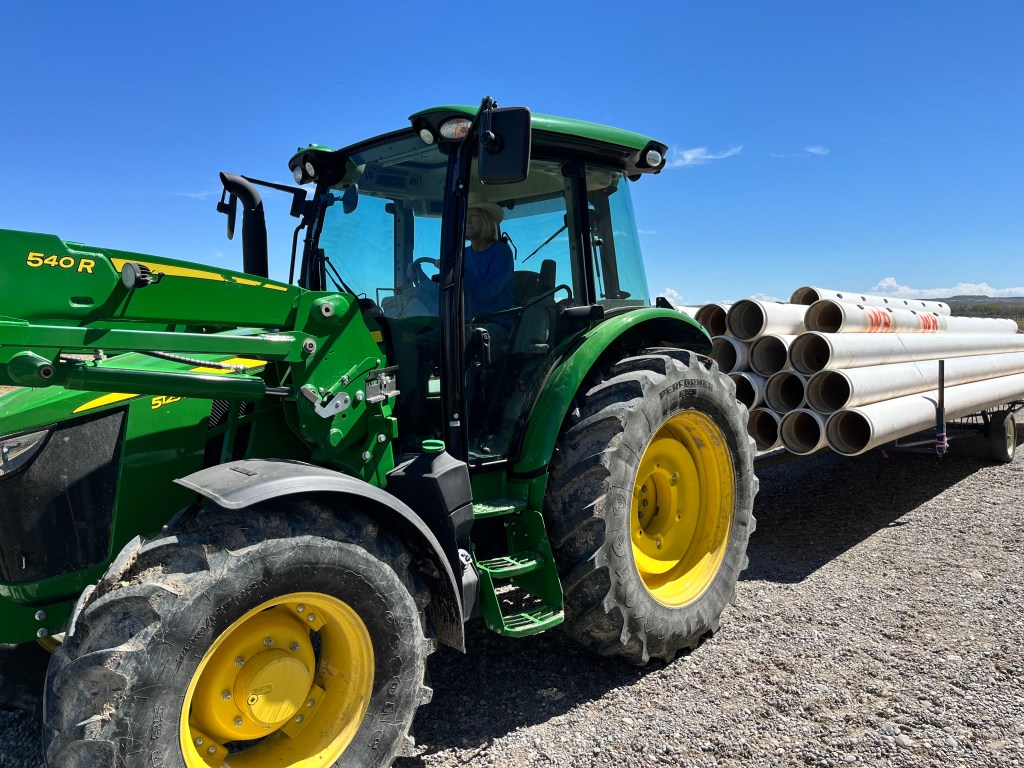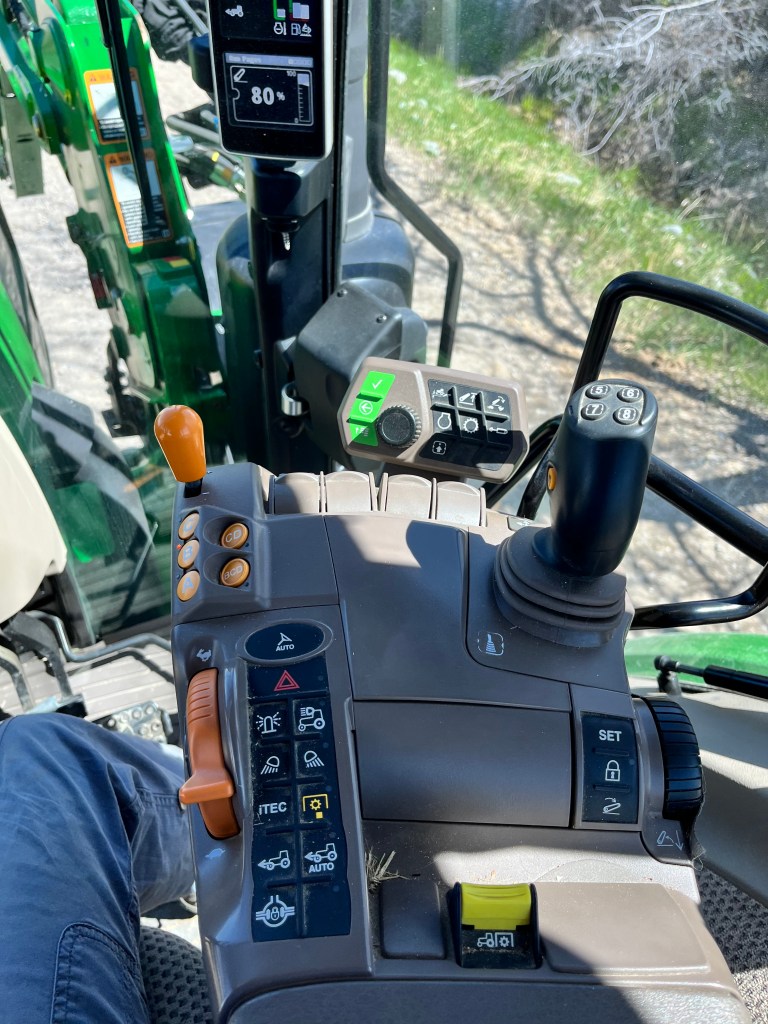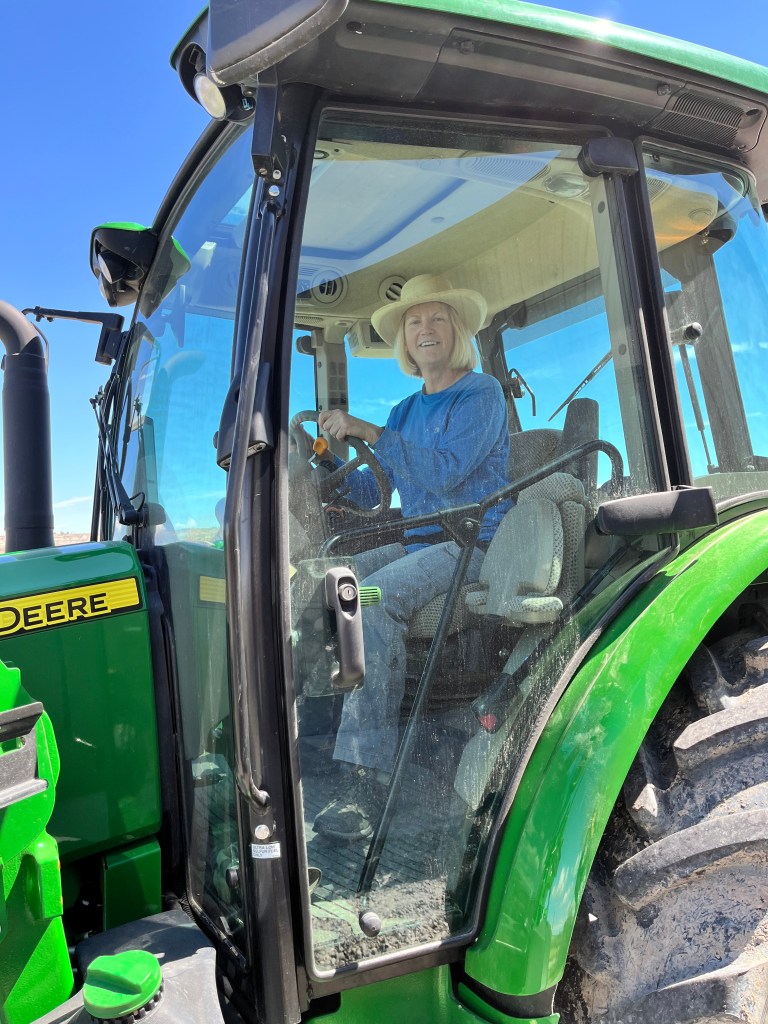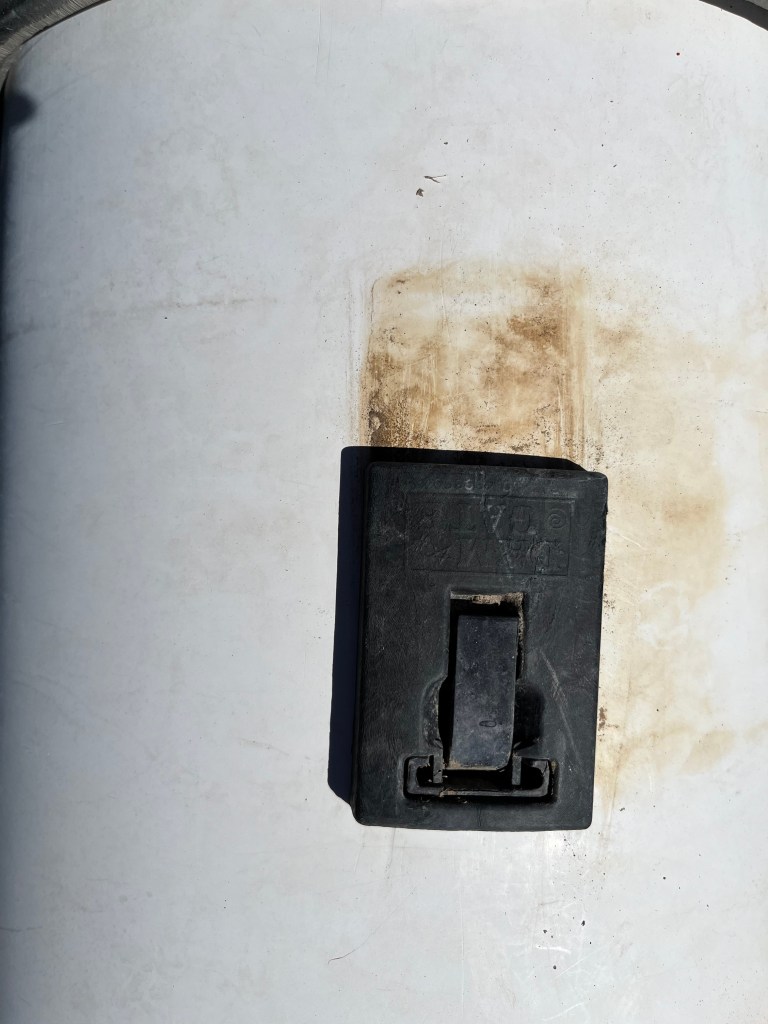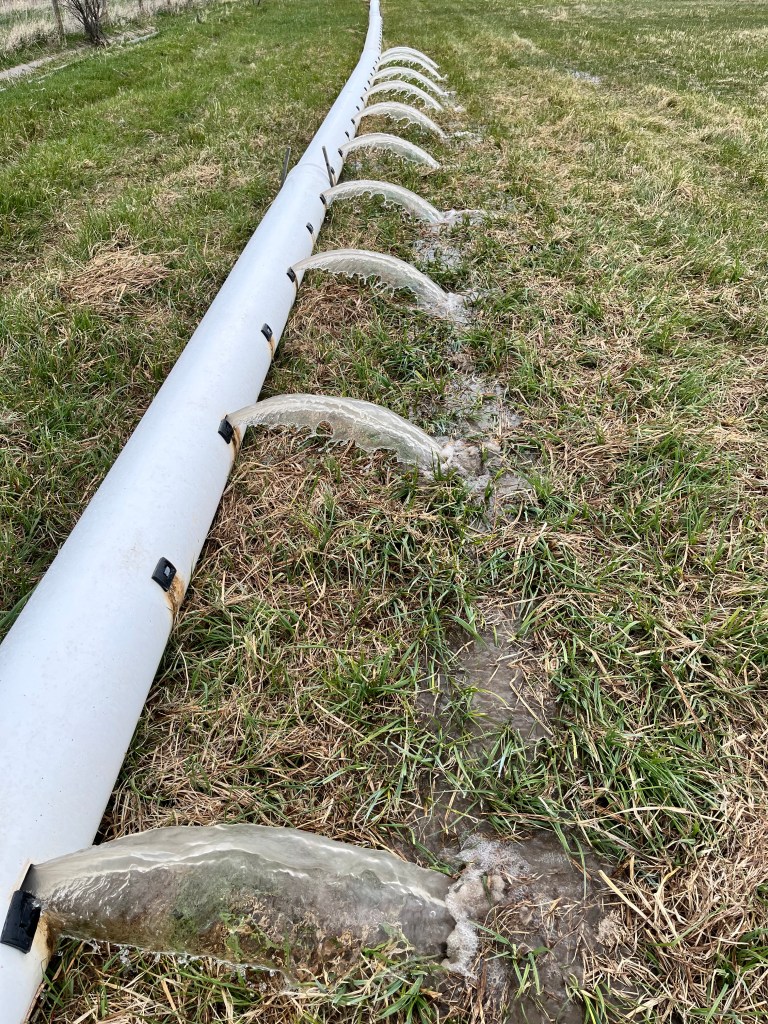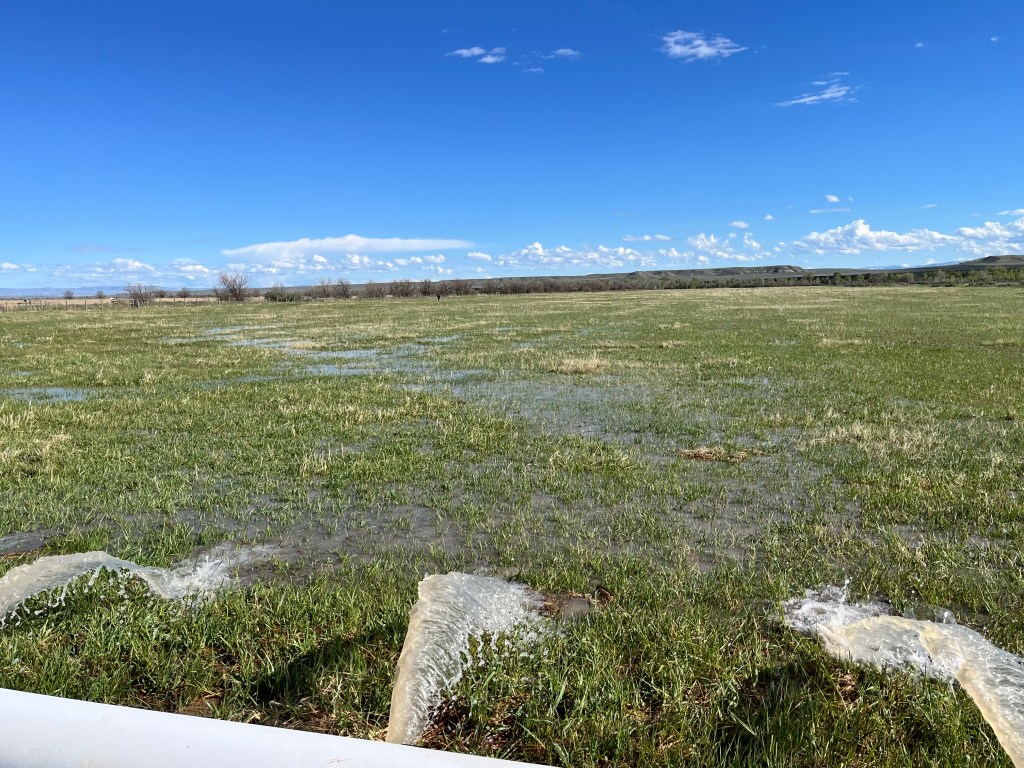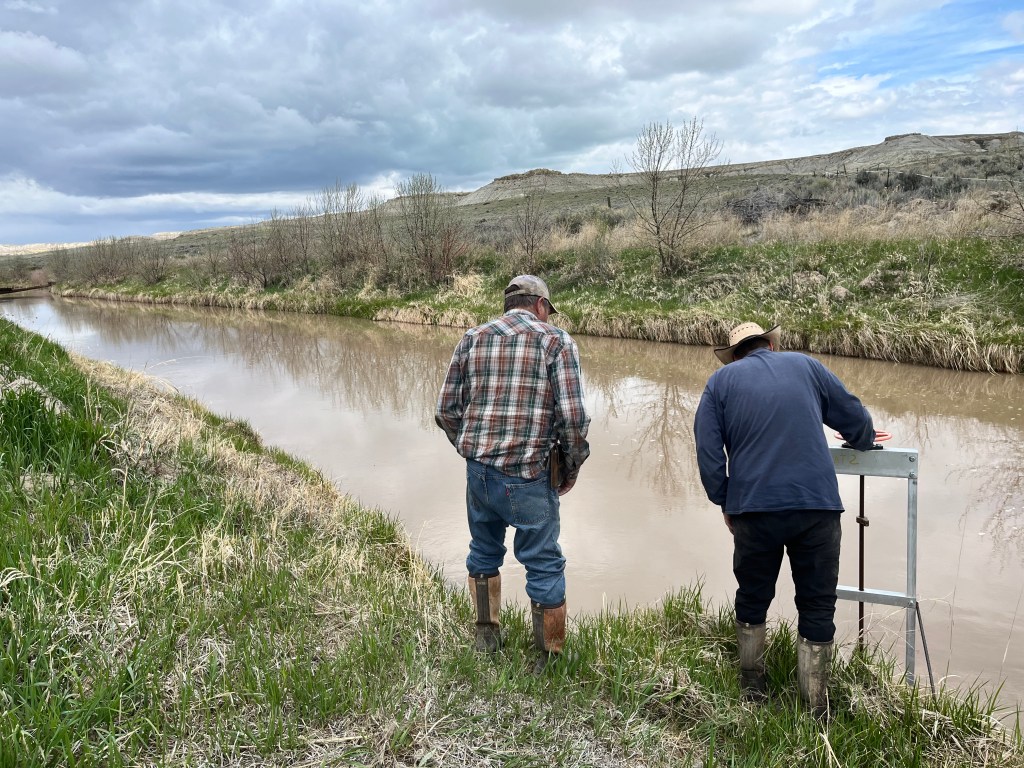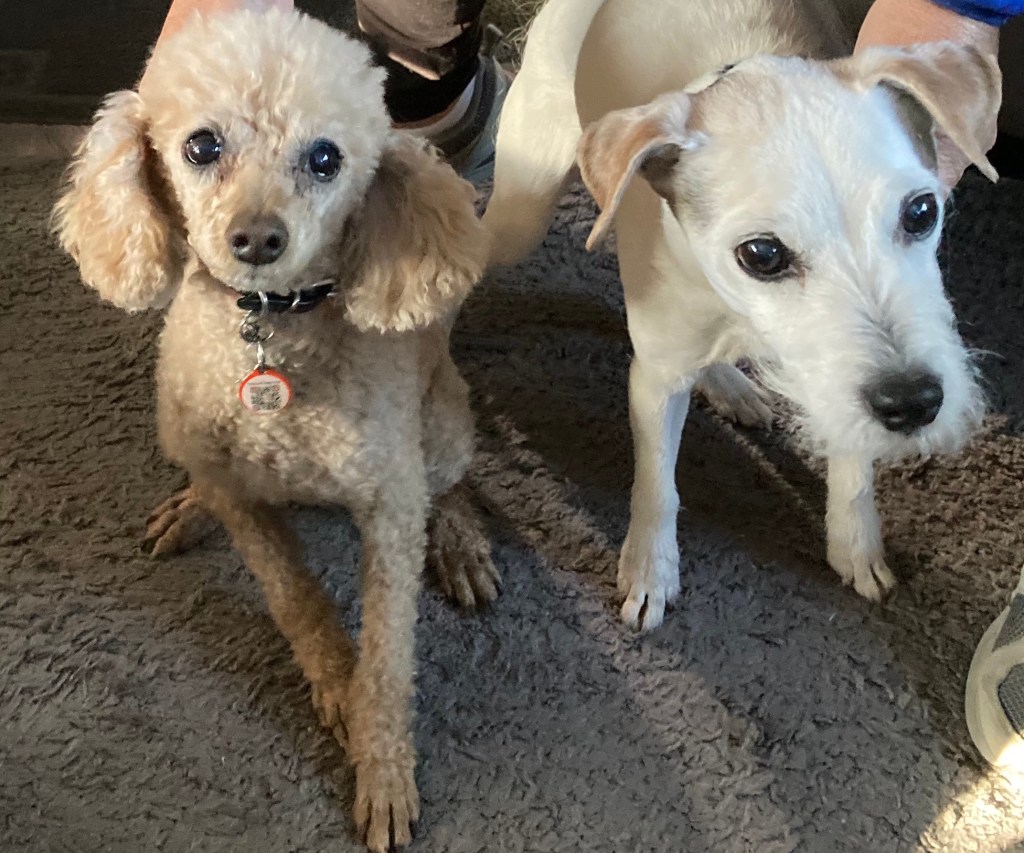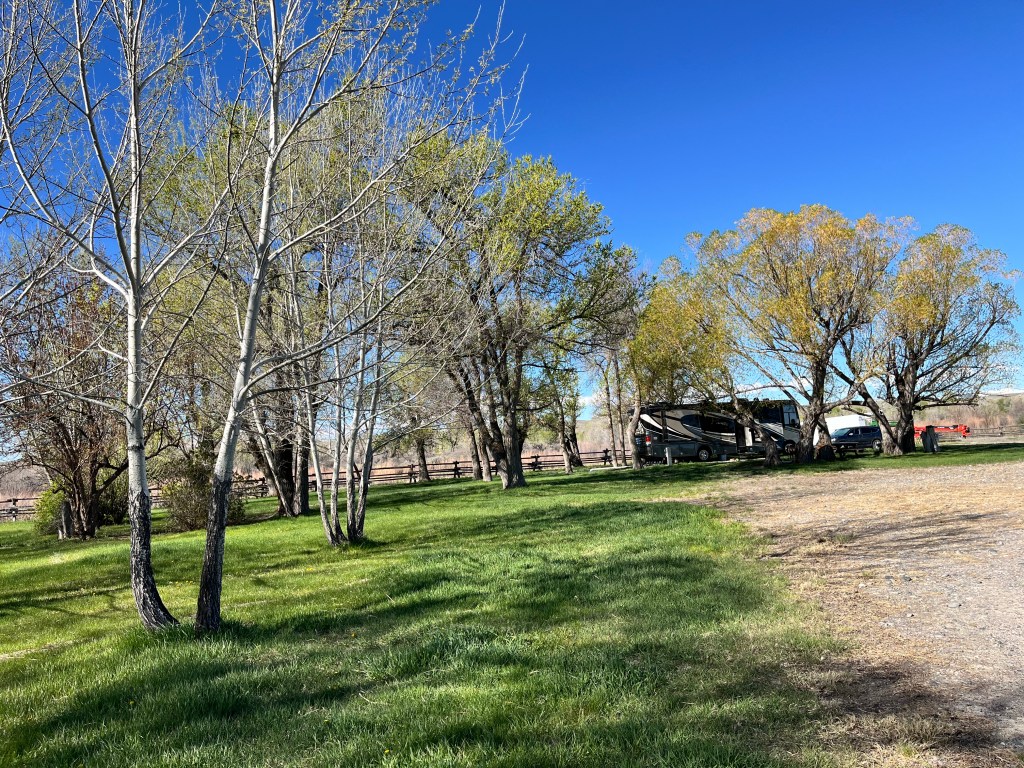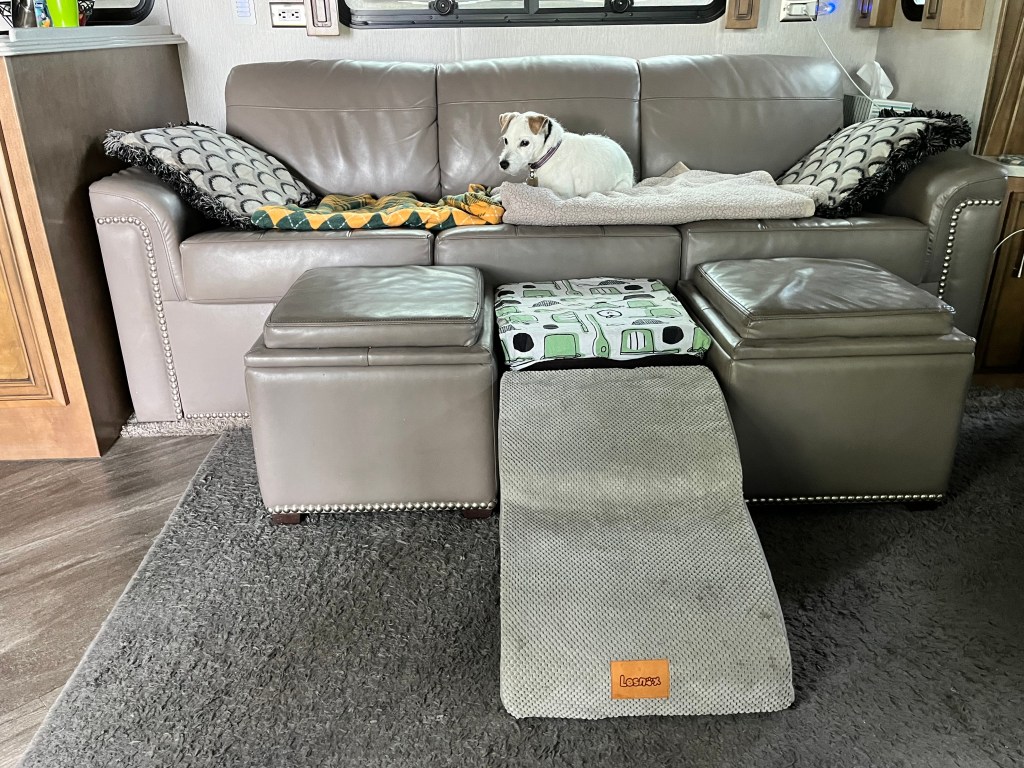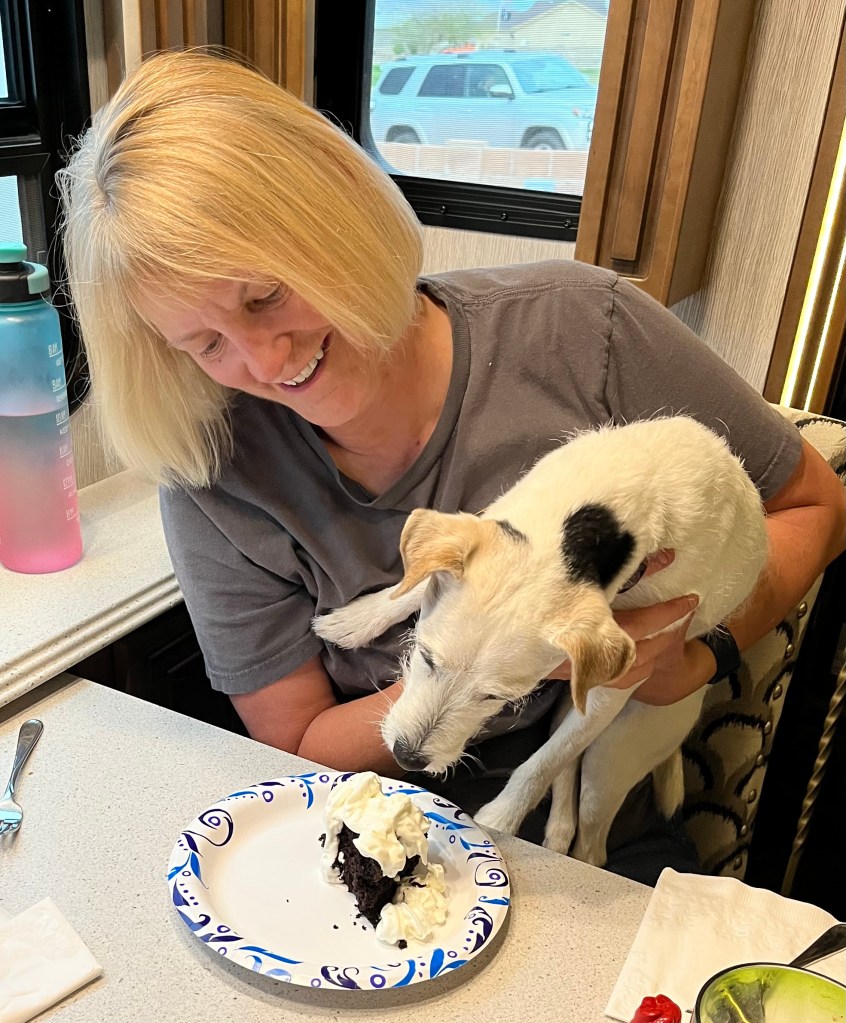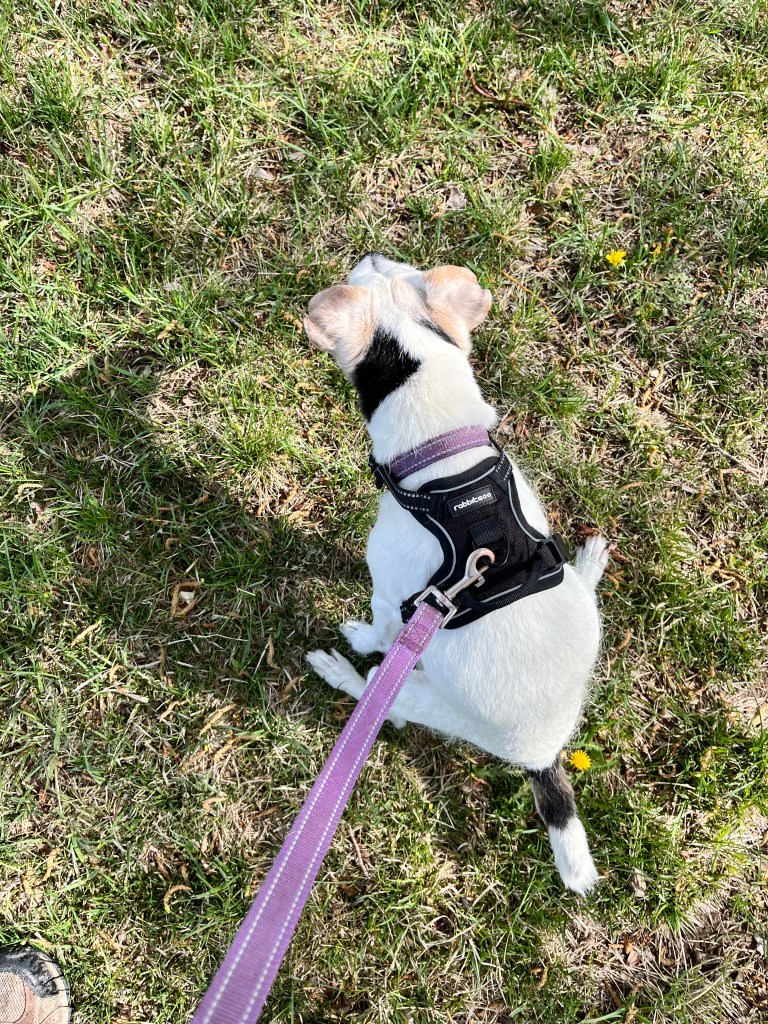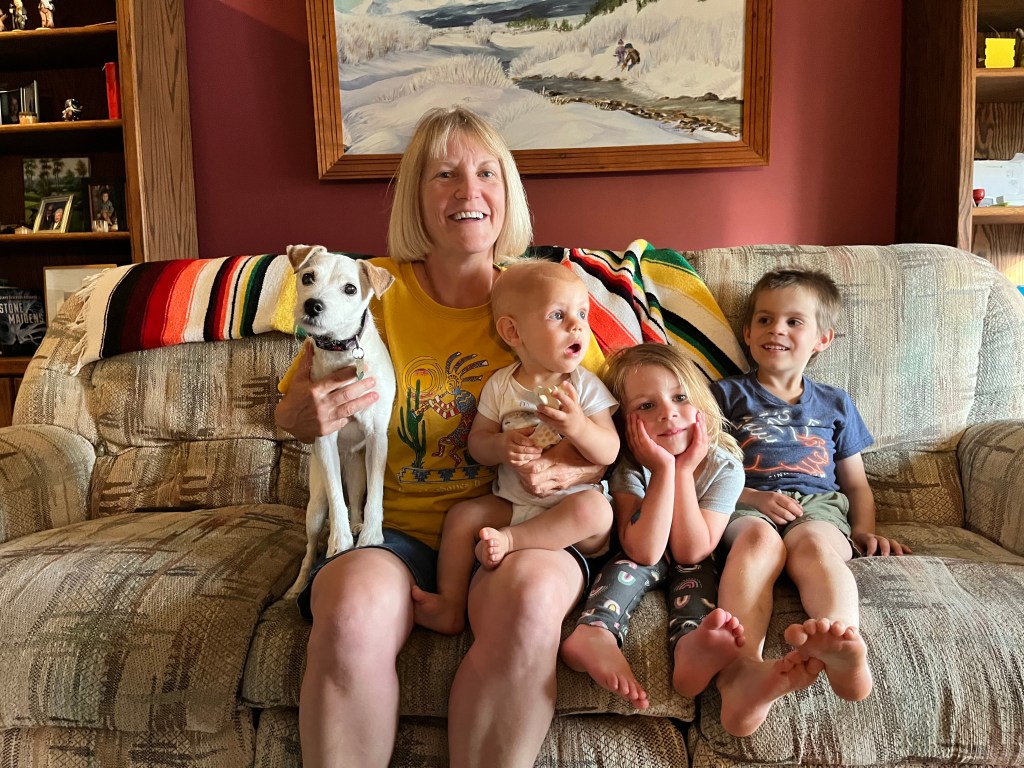Hello everyone, it’s your favorite dog blogger, Makena, taking over the site again. We are back in Yuma, Arizona for the winter. My parents have been busy working, playing golf and doing some updates/remodeling on the park model we bought in April, so I thought I should give you an update on me!

I’m really enjoying my new house. as I have a big patio window that I can look out of, and get lot’s of warm sunshine on me when I nap. I’m now, as of this writing, 18 1/2 years young, so I do take a lot of naps. This is how I spend most of my days now, snoozing away!
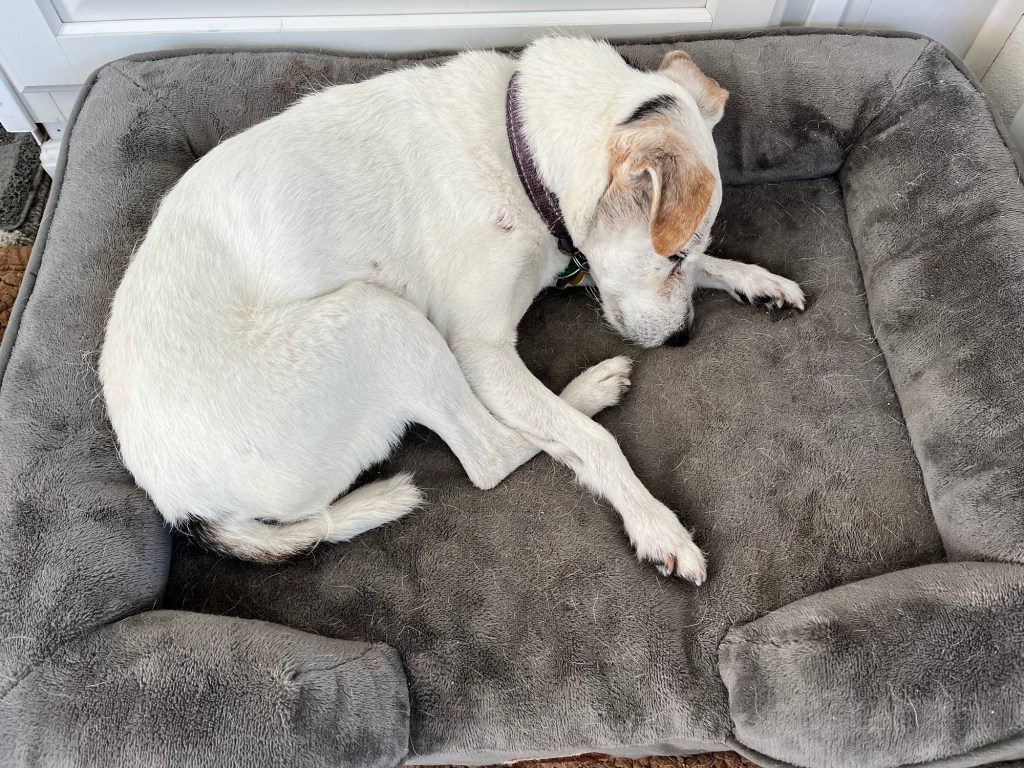
Sometimes I am so tired, I don’t quite make it into one of my three beds!

We have been coming to Westwind RV park for 7 years now, and have always stayed on the same street. Now we are four streets over in the park model. Before we left our street, my parents made me say goodbye to my neighbor, Wicket. After 7 years, I guess I can tolerate one kiss goodbye from him!

After we bought the park model, we did buy a used class C RV in Colorado, which my mom previously blogged about. Unfortunately, after we returned to Yuma to pack up the RV and head to Wyoming for the summer, I developed diarrhea. My parents also had some issues, but theirs resolved. Mine didn’t. We think it was bad water in the fresh water tank of the RV.
No matter what my parents tried, it was not getting better on the trip to Wyoming. Even though it may not sound like much, I lost one pound in about four days. Given that I’m only 10 pounds, that was 10% of my body weight. I don’t recommend diarrhea as a weight loss program! My parents drove very long days so we could get to the veterinary clinic in Riverton, Wyoming ASAP. Since the clinic takes horses, they knew the RV would easily fit in the parking lot to drop me off so I could get looked at right away. I was hoping to get in and out of the doctor’s right away, but instead ended up in “doggie jail”.

They kept me overnight, hooked up to an IV so I could get some medication and badly needed fluids. On the positive side of things, the doctor said my heart is great, and all my lab work was good. They did further testing, and did not find any cause for my diarrhea, so they agreed with my parents that it may have been bad water from the RV. They did send me home with a bunch of medications that I had to take. Some were oral – I didn’t like getting a syringe down my throat. Yuck.

And, the best part….they told my parents they had to give me special canned food THREE times a day!!! For an entire week! Yes! Breakfast, lunch and dinner I got 2 tablespoons of canned food! This is the special stuff that the vet gave my parents. It really firmed me up, if you know what I mean!

They say it takes 21 days to develop a new habit. In dog years, that would be 3 days! Needless to say, I was able to train my parents to continue this habit of feeding me canned food three times a day! It took some persistence on my part. I had to stand in front of my food at breakfast and lunch, insisting on getting canned food. I used to only get it for dinner. My persistence paid off, and I now get fed canned food three times a day. I even wake up at 4:30 am every day, as a reminder that breakfast is approaching! I may be old, but I can still tell time!
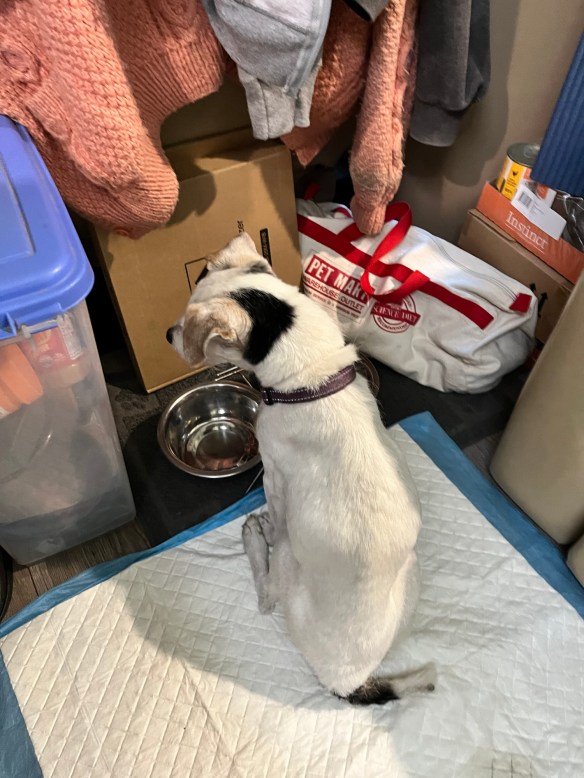
Since my overnight stay at the doctor’s office, I have been doing pretty good. My strength is dwindling in my back legs, but I still like to get out to the grass dog park inside the RV park. Lot’s of good smells, and it’s good for me to walk around. Those are lemon trees in the park.
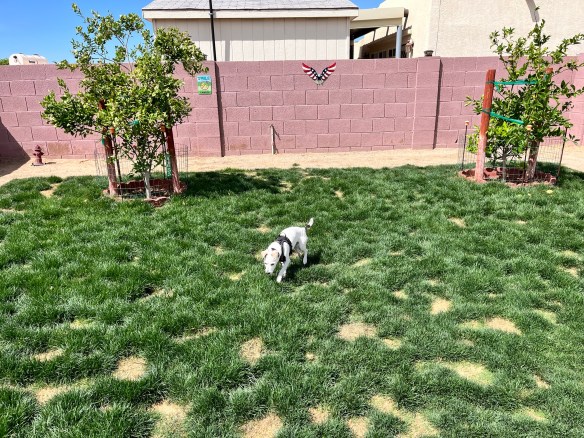
MISSING GRANDPA STU
I was very sad when my Grandpa Stu passed away this summer. We shared the same date of birth, 70 years apart. We had a special bond, and I’m happy that we were able to share so many birthdays together. Here is number 88/18, our last one together.

This was our 80/10 birthday, back when we still had a fifth wheel. This was before my back injury, when I could still stand on my back legs.

Grandpa loved playing football with me. Here we are in a park in Florida.

Grandpa will be missed. I was happy to spend time with Grandma Joan for a few weeks this summer. Also during the summer, I met a new friend, Abby. Abby is the granddaughter to Joan and Stu’s neighbor. Like me, she enjoys spending time with her grandparents. Abby liked to pick me up and carry me all over. She also tried teaching me how to swing. That was a new adventure for me!

Well that just about sums up the last 6 months for me. I hope all of you are doing well. Keep learning new things in life.
Quote for the day: “Why does watching a dog be a dog fill one with happiness?” – Jonathan Safran Foer
